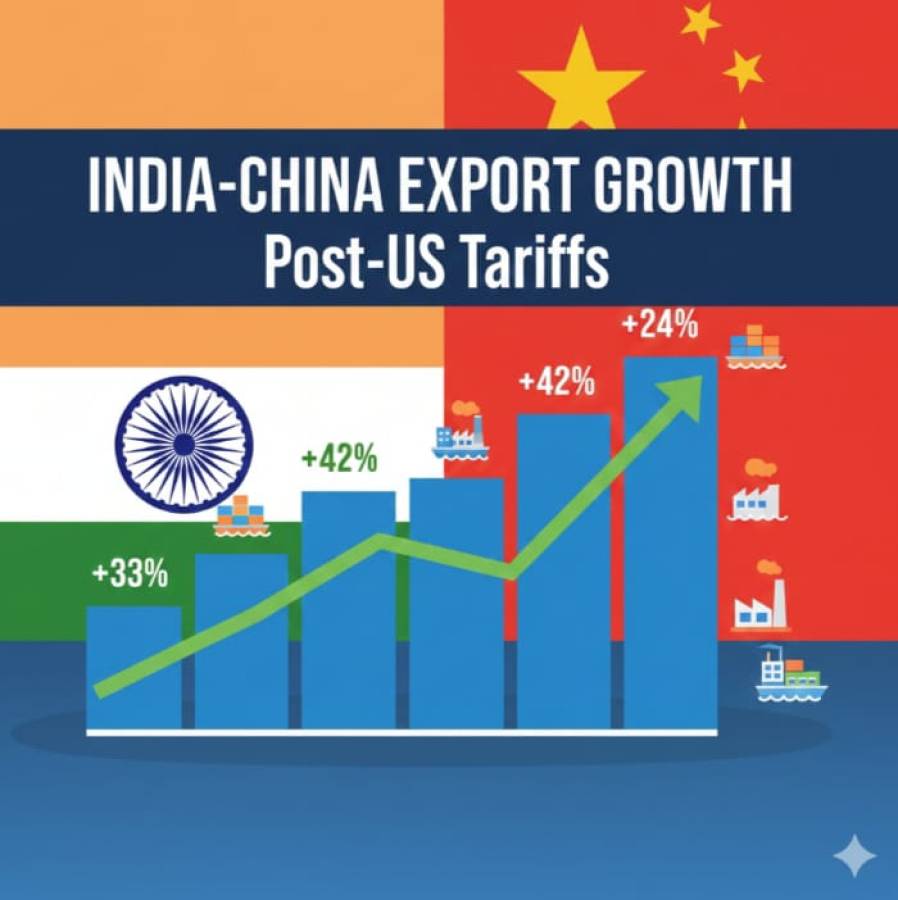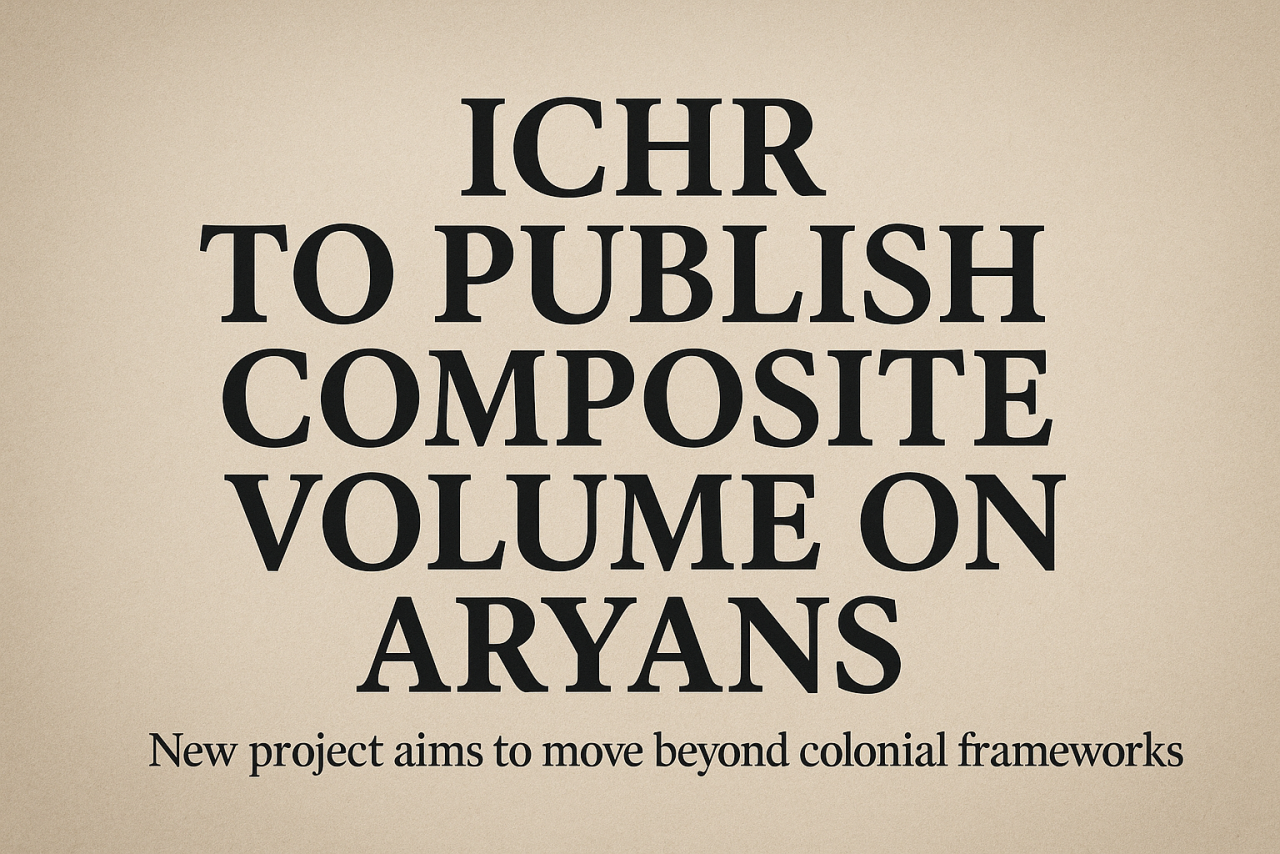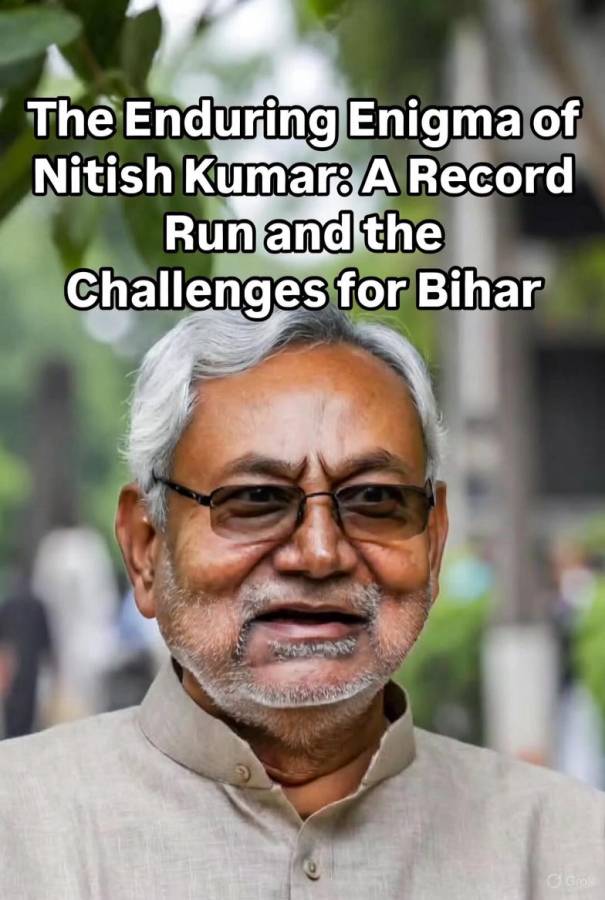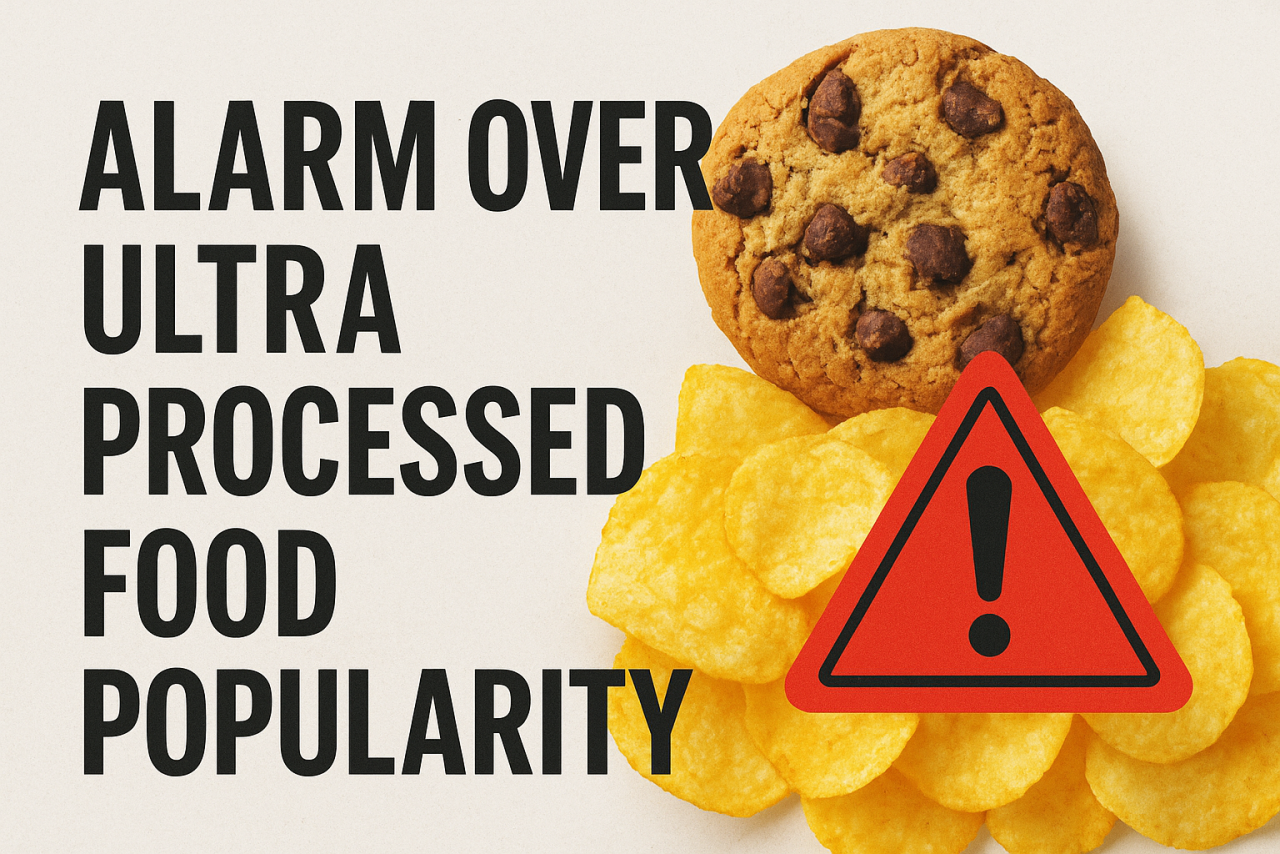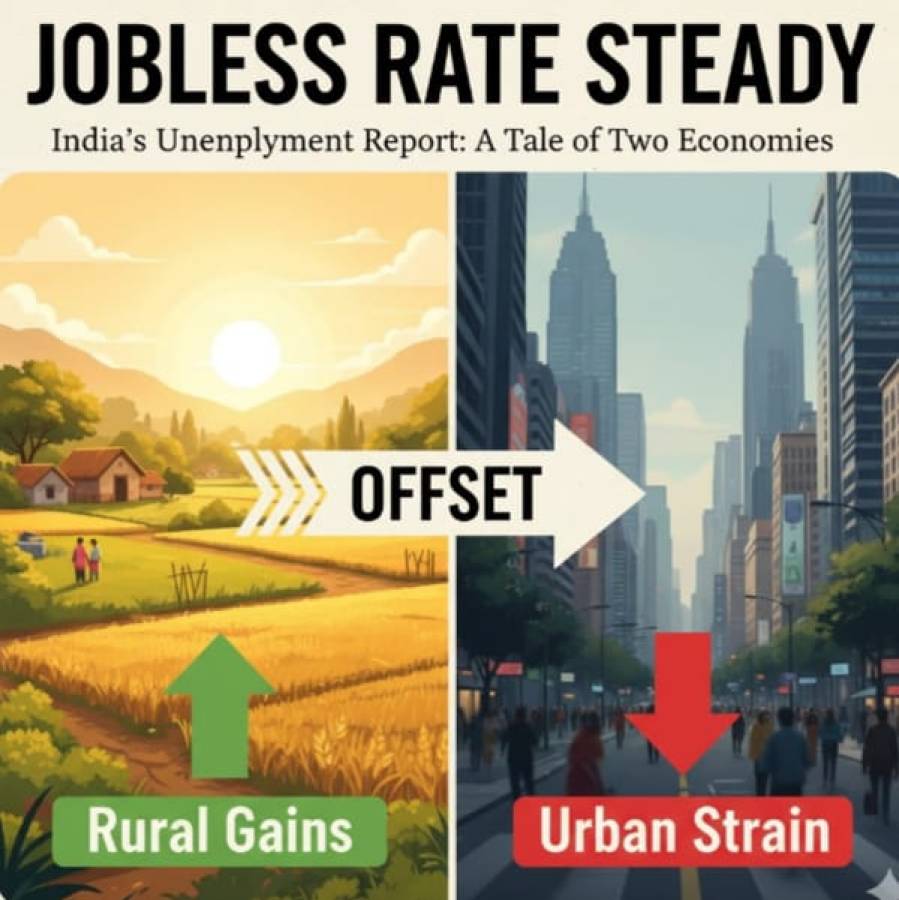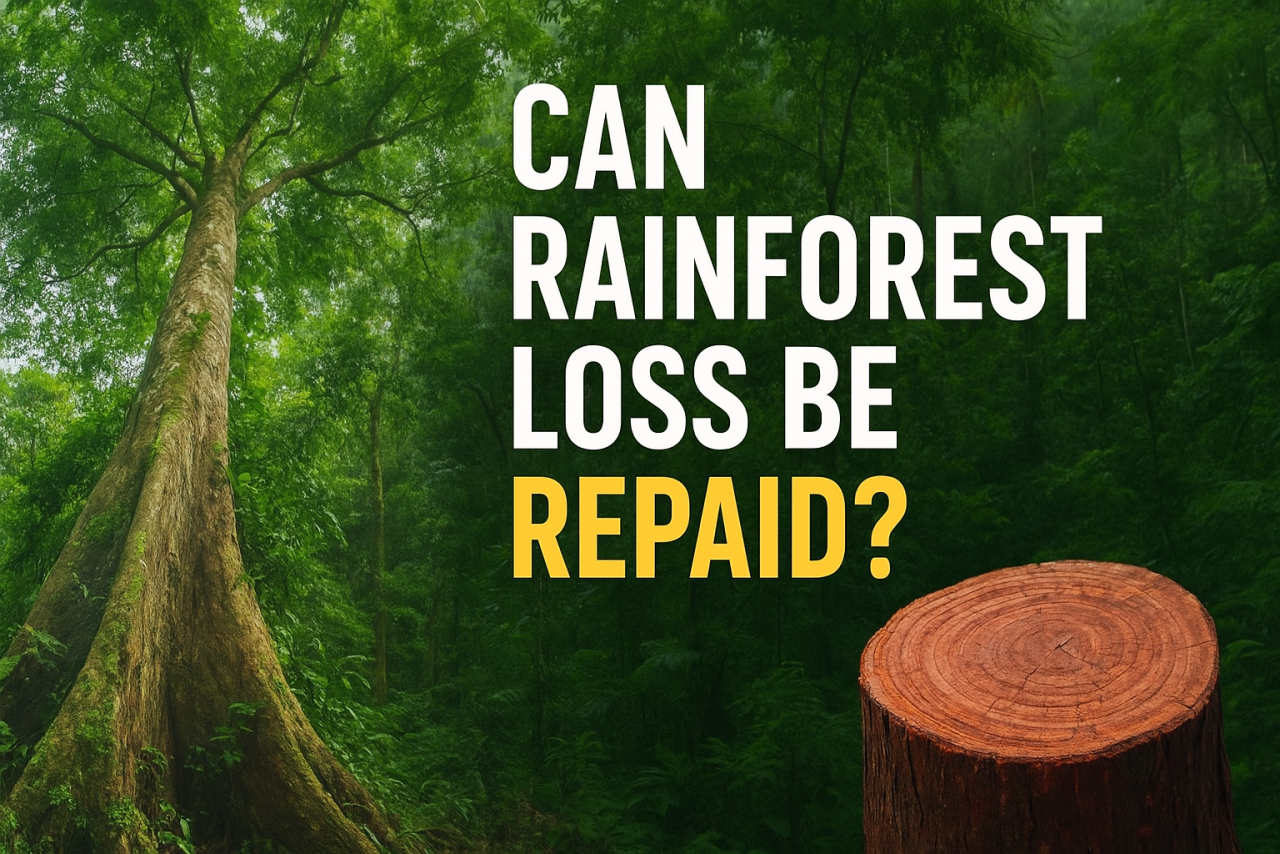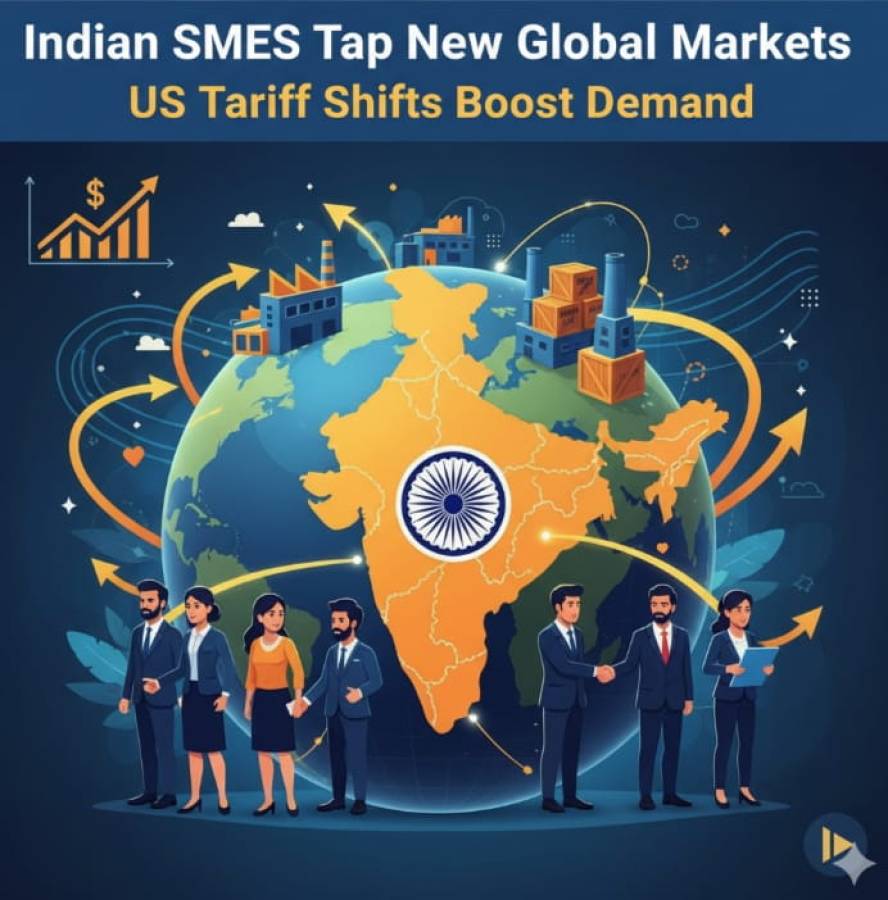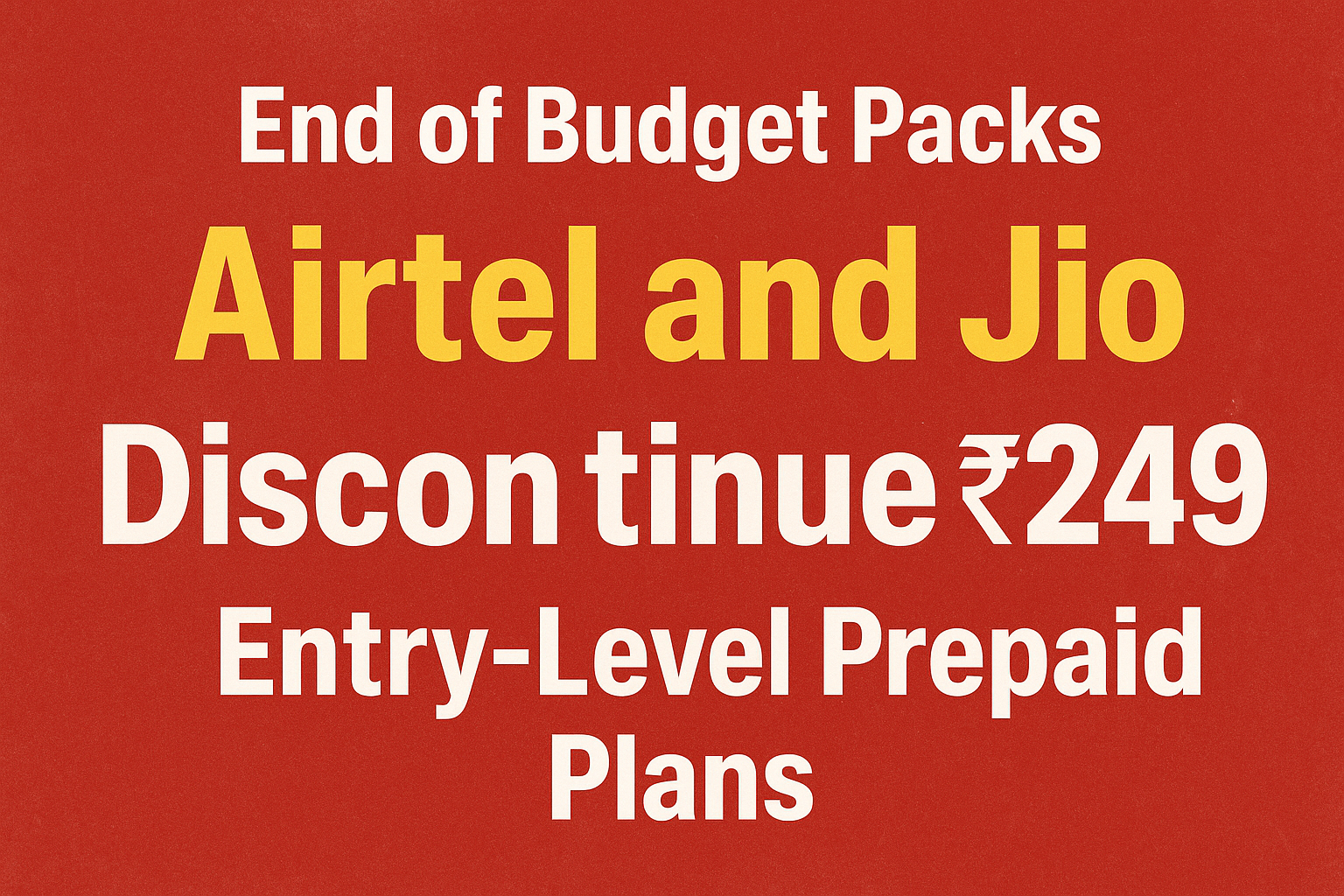
The Indian telecom sector is witnessing a noticeable change in its pricing strategy. Reliance Jio and Bharti Airtel, the two leading service providers, have recently withdrawn their entry-level prepaid plans priced at ₹249. This decision marks a shift towards higher-value data packs and reflects a broader strategy to increase revenue from each customer. Analysts believe this could also signal a rise in headline tariffs in the near future.
For years, the ₹249 plan served as an affordable option for millions of users. It typically provided 1GB of daily data with a validity of 28 days. While this plan will no longer be available online for Jio customers, it will continue to be sold through physical recharge shops and offline partners. Airtel, however, has chosen to discontinue it entirely, leaving customers with no such low-cost digital option. According to industry observers, this move is not just about phasing out a particular plan but about steering customers toward larger data packs that deliver better returns for companies.
Telecom operators measure their financial performance through a key indicator called Average Revenue Per User, or ARPU. A rise in ARPU is essential for companies to sustain investments in infrastructure, especially as India shifts towards 5G technology. Both Airtel and Jio are under pressure to strengthen their financial positions as they compete not only with each other but also with Vodafone Idea, which continues to struggle for stability. By removing lower-cost plans, these firms are nudging subscribers to spend slightly more, thereby boosting ARPU figures.
Vodafone Idea, the third major operator, still offers a ₹249 plan, along with a ₹299 plan that includes 1.5GB of daily data. Interestingly, Vodafone has even added free 5G as a limited-time offer to attract users. However, given the actions of Airtel and Jio, many experts believe Vodafone Idea may eventually follow suit and shift its focus towards higher-value offerings.
The shift comes at a time when data consumption is rising rapidly. In the early days of 4G, consumers preferred smaller packs, often ranging between 1 and 1.5GB per day. With the arrival of 5G, demand for data has surged. Users now stream high-definition videos, engage in online gaming, and rely on data-heavy applications, which has made the smaller plans less practical. An executive from one of the telecom firms explained that continuing with low-demand tariff plans makes little business sense when customer behavior is clearly leaning toward larger allowances.
Industry analysts note that around 20 to 25 percent of Jio subscribers currently use 1GB-per-day plans. If these users migrate to higher-value packs, Jio’s ARPU could rise by 6 to 7 percent in the coming months. Airtel may see a similar benefit, with projections showing a 4 to 5 percent increase in ARPU. Vodafone Idea could witness an even greater impact, given that about a quarter of its 198 million subscribers fall into this category.
As of June 2025, Jio reported an ARPU of ₹208.8 per month, while Airtel stood at ₹250. The average monthly data usage per Jio subscriber touched 37GB, a steep rise from 30.3GB a year earlier. Airtel users consumed 26.9GB on average, up from 23.7GB. These figures underline the growing appetite for data in India, which is pushing companies to restructure their pricing models.
Experts suggest that this pricing shift could also pave the way for the monetization of 5G services. While telecom operators have invested heavily in spectrum auctions and network rollout, revenues have not yet fully caught up with these expenses. Higher tariffs and larger packs could help bridge this gap over the next one to two years.
For consumers, the disappearance of low-cost plans may be disappointing, especially for those who use data sparingly. Students, senior citizens, and low-income groups who relied on smaller packs might find it harder to manage costs. On the other hand, for the majority who already exceed 1GB of daily usage, upgrading to larger plans could feel like a natural progression.
The withdrawal of entry-level prepaid plans is more than just a pricing adjustment. It reflects the broader evolution of India’s digital economy, where increasing data consumption is redefining both customer habits and business strategies. The telecom industry is no longer in a race to offer the cheapest plan. Instead, the focus is shifting towards sustainable revenue growth, better network quality, and preparing the ground for a full-scale 5G experience.
In the long run, this change may encourage healthier competition among telecom operators while ensuring that companies have the resources to support the country’s growing digital needs. For now, subscribers must adapt to the new pricing reality, even as the industry sets its sights on the next phase of growth.


